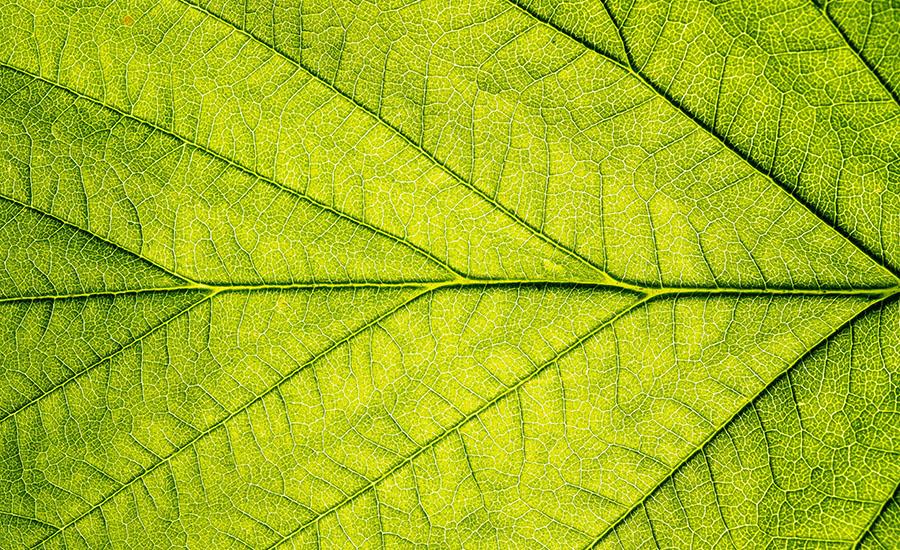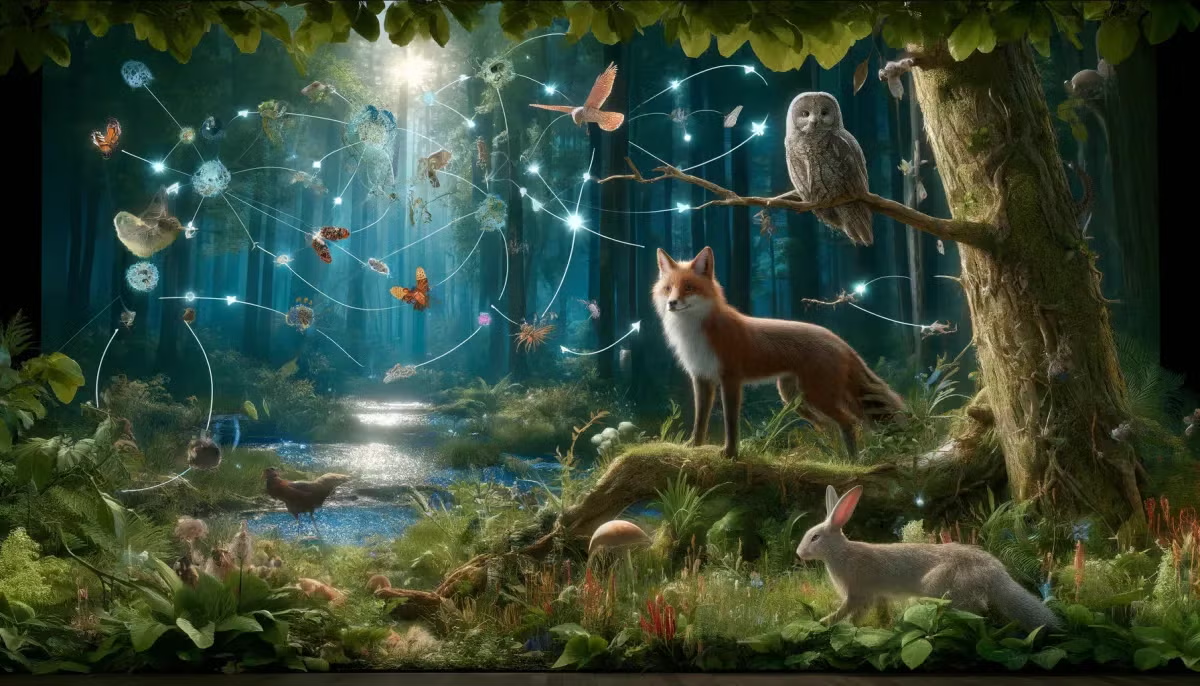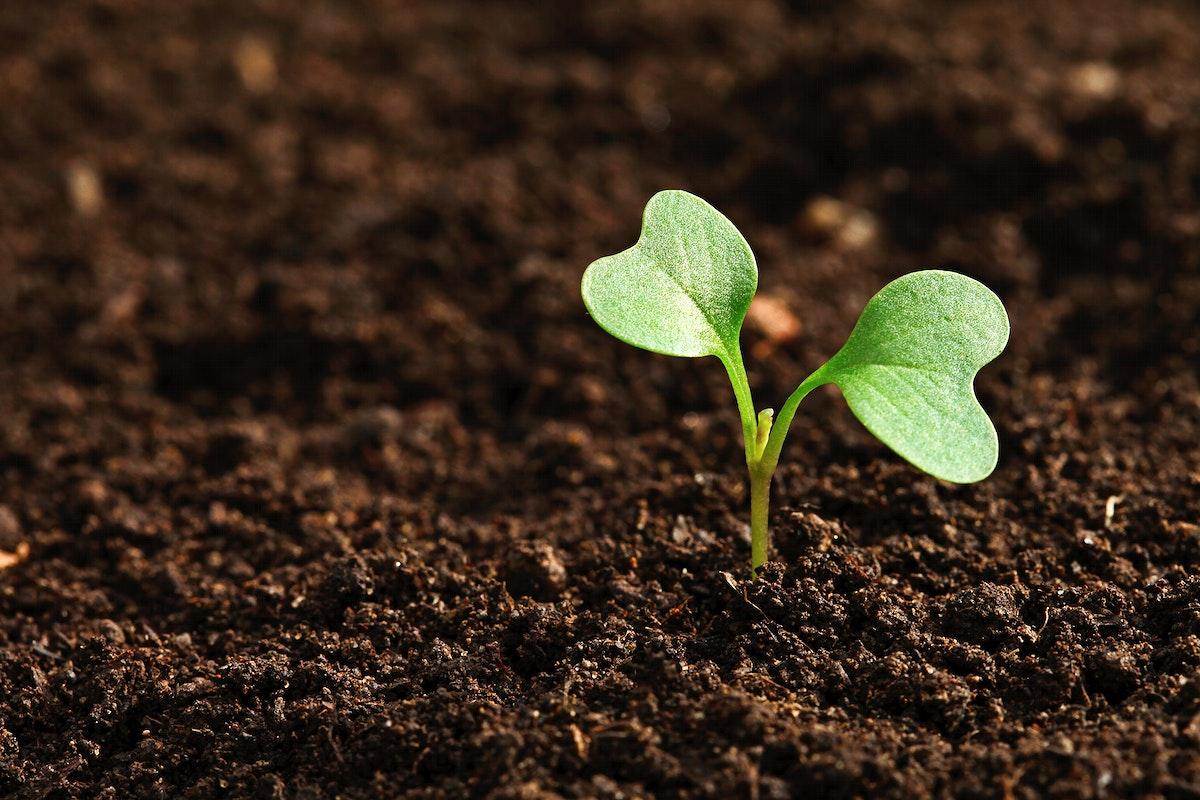
Edison, The Wolf of Yellowstone Part 1
by Aimee Katz
This lesson is an introduction to Tangible Coding and Sequencing to model the flow of an ecosystem. This is a hands-on way to incorporate coding and robots with life science concepts. This is a 2-part series. The link to the 2nd lesson is included.
Lesson Grade Level
6th GradeLesson Plan Link/URL
https://docs.google.com/presentation/d/1PqsHZwX6T_I1kaRpo8yfEON6hYQyBnTy/edit?u…Subject Area
Science Life Science L2: Organisms & Energy Technology 5. Computational Thinker Engineering S5: Apply Technology to Engineering English Language Arts (ELA) Writing
Featured
Off
Related Content

Grades:
6th Grade, 7th Grade, 8th Grade
This is an 8-lesson unit that is designed to be used together to learn about the health and diversity of your local watershed by placing leaf packs into a water source (natural or man-made ponds

Grades:
6th Grade
In this activity, students will work together to discuss what they know about frogs and what a frog's tongue is like. Students will be engineering a frog's tongue and discussing it's adaptations.

Grades:
6th Grade
Students discover how plants and soils interact by observing root growth, considering the function of a plant’s roots, modeling the movement of water into the roots, and investigating the movement of